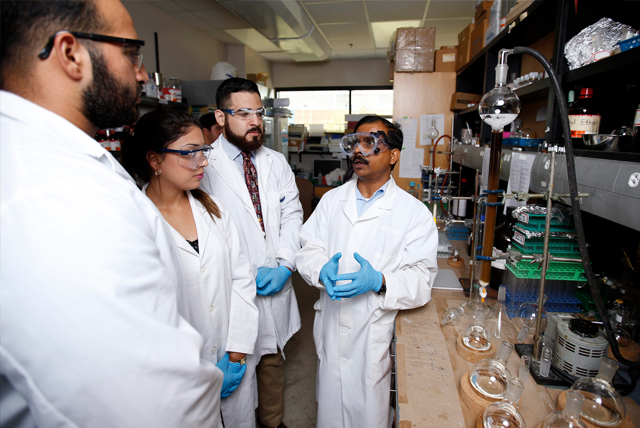Software for the frontiers of quantum chemistry: An overview of developments in the Q-Chem 5 package
Document Type
Article
Publication Date
8-23-2021
Abstract
This article summarizes technical advances contained in the fifth major release of the Q-Chem quantum chemistry program package, covering developments since 2015. A comprehensive library of exchange–correlation functionals, along with a suite of correlated many-body methods, continues to be a hallmark of the Q-Chem software. The many-body methods include novel variants of both coupled-cluster and configuration-interaction approaches along with methods based on the algebraic diagrammatic construction and variational reduced density-matrix methods. Methods highlighted in Q-Chem 5 include a suite of tools for modeling core-level spectroscopy, methods for describing metastable resonances, methods for computing vibronic spectra, the nuclear–electronic orbital method, and several different energy decomposition analysis techniques. High-performance capabilities including multithreaded parallelism and support for calculations on graphics processing units are described. Q-Chem boasts a community of well over 100 active academic developers, and the continuing evolution of the software is supported by an “open teamware” model and an increasingly modular design.
Recommended Citation
Epifanovsky, Evgeny, Andrew T. B. Gilbert, Xintian Feng, Joonho Lee, Yuezhi Mao, Narbe Mardirossian, Pavel Pokhilko, et al. 2021. “Software for the Frontiers of Quantum Chemistry: An Overview of Developments in the Q-Chem 5 Package.” The Journal of Chemical Physics 155 (8): 084801. https://doi.org/10.1063/5.0055522.
Creative Commons License

This work is licensed under a Creative Commons Attribution 4.0 International License.
Publication Title
The Journal of Chemical Physics
DOI
10.1063/5.0055522



Comments
Copyright 2021 Author(s). This article is distributed under a Creative Commons Attribution (CC BY) License.